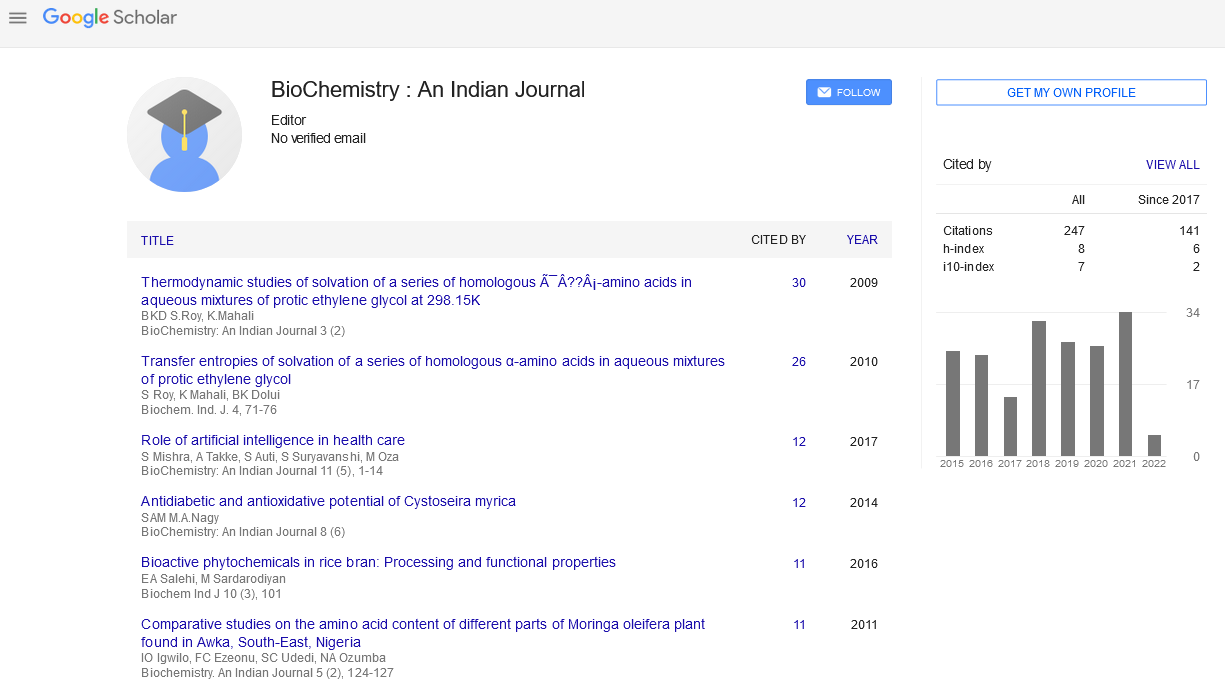Abstract
Antioxidative response in leaves, stems and roots of Phragmites australis treated with cadmium and nickel
Author(s): Khaled Bouchama, Rachid RouabhiPhytoremédiation is the direct use of green plants to stabilize or reduce contamination in soils, surface water, or ground water. Phragmites australis is a plant widely used for treatment of wastewater containing heavy metals. This study aimed to evaluate the antioxidative response of Phragmites australis exposed to tow heavy metals, the cadmium chloride (CdCl2) and Nickel chloride (NiCl2). Plants of Phragmites australis previously grown in a basic nutrient solution during the 30 days undergoing treatmentwith three concentrations ofCdCl2 (50ìML-1, 150ìML-1, 300ìML- 1) and three concentration ofNiCl2 (100ìML-1, 300ìML-1, 500 ìML-1).After that, we measured the enzymatic activity ofAscorbate peroxidase (APX), Catalase (CAT), Guaïcol peroxidase (GPOX) and Glutathione peroxides (GST) in the leaves, stems and roots of the plants. The determination of the enzymatic activity (APX, CAT, GPOX and GST) of Phragmites australis revealed a varying result depending on the organ of the plant. Our results, showed an increased activity of Ascorbate peroxidase, Catalase, Guaïcol peroxidase and Glutathione peroxides in roots from reliable doses. However in the leaves and stems we found a decreased activity of ascorbate peroxidase and guaiacol peroxidase, the contrary for Catalase and glutathione peroxides activity, we registered a stimulation compared to the results of control plants no treated. This Increased activity of antioxidant enzyme especially in roots probably explains the ability of Phragmites australis to tolerate a high concentration of cadmium chloride and Nickel chloride.

